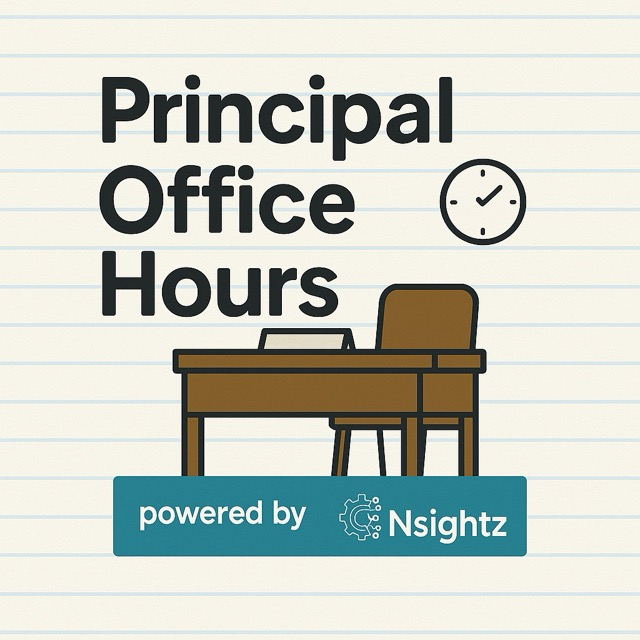How to Create a 360 Feedback Culture With Limited Resources
Summary:
In this episode, the guest discusses the common disconnect between managers' self-perception and how their employees perceive them. They emphasize the importance of building a 360-degree feedback culture to bridge this gap and improve management effectiveness. The guest provides practical tips for HR leaders to implement a feedback system, including setting up anonymous surveys and basic feedback forms. They stress the need for clear communication about the purpose and benefits of the feedback culture. The guest also highlights the importance of using feedback as a development tool rather than a means to weed out employees. They recommend conducting feedback surveys quarterly to keep up with the fast-paced nature of small to mid-sized organizations. Finally, the guest emphasizes the need for action based on the feedback received, as failing to act can negatively impact employee engagement.
Key Takeaways:
Managers often overestimate their effectiveness, while employees may have a different perception.
Building a 360-degree feedback culture is crucial for improving management effectiveness.
Start with simple anonymous surveys and basic feedback forms to gather feedback.
Communicate the purpose and benefits of the feedback culture to employees.
Use feedback as a development tool, not as a means to weed out employees.
Conduct feedback surveys quarterly to keep up with the pace of small to mid-sized organizations.
Take action based on the feedback received to demonstrate commitment to employees.
Timestamp e disconnect between managers and employees
[0:02:01] Starting a 360 feedback culture with anonymous surveys
[0:03:38] Emphasizing the purpose of the feedback as a development tool
[0:04:03] Determining the frequency of conducting 360 feedback
[0:04:32] Importance of consistency in format and relevance
[0:05:12] Taking action based on the feedback received
[0:06:00] Building a 360 feedback culture as a high-value initiative
Transcript
[TRANSCRIPT]
**: **: **: **: **: **:

